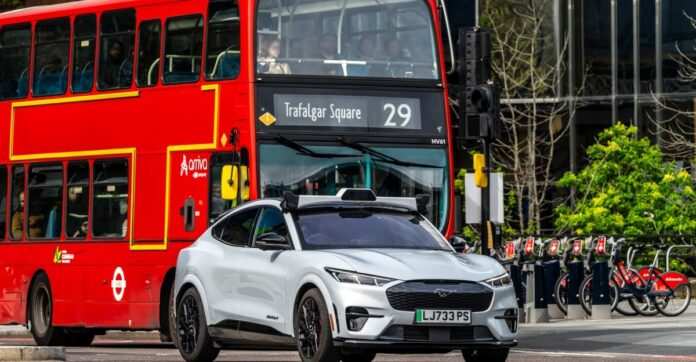The arrival of self-driving cars in the UK felt distant until a recent test ride in Wayve’s autonomous vehicle around North London. With plans for Level 4 robotaxi trials in partnership with Uber by 2026 and wider rollout potential by 2027, the technology is moving faster than many expected. Alphabet’s Waymo is also eyeing London, signaling a potential shift in the city’s transportation landscape.
London, however, presents unique challenges for autonomous vehicles. Its narrow, winding roads, designed for horse-drawn carriages, are a far cry from the planned grids of modern cities. Obstacles like potholes, parked cars, and unpredictable pedestrians make navigation difficult, compounded by aggressive drivers, cyclists, and even rogue military horses. Public skepticism is also high, with surveys ranking the UK among the most distrustful nations toward self-driving technology.
Wayve, founded in 2017, operates from an unassuming warehouse-like headquarters in King’s Cross. Unlike the futuristic designs of some autonomous vehicles, Wayve’s fleet of Ford Mustang Mach-Es appears conventional, with only a small sensor box above the windshield betraying their self-driving capabilities. The interior includes a prominent emergency stop button, a legal requirement for human override.
The test ride exceeded expectations, as the car navigated London streets with surprising competence. It yielded to delivery vehicles, slowed for cyclists, and even avoided pedestrians who disregarded crosswalks. The ride wasn’t smooth, though, lacking the ethereal calm of Waymo’s San Francisco experience. Wayve drove more hesitantly, like a newly licensed driver, pausing at intersections and allowing other vehicles to cut in front.
This hesitancy is intentional. Wayve employs an end-to-end AI model that mimics human driving rather than relying on detailed maps and rigid rules. Unlike Waymo, which operates like a machine, Wayve adapts to unpredictable situations more fluidly. The car handled roadworks, learner drivers, and even a blind pedestrian with a cane, adjusting its course without hesitation.
Wayve’s approach allows it to deploy its technology in unfamiliar cities without extensive mapping, as demonstrated in recent tests in the Scottish Highlands. The company is conducting an AI “roadshow” in 500 cities worldwide, testing its adaptability in real-world conditions. This contrasts sharply with London’s black cab drivers, who must memorize thousands of streets to pass “The Knowledge” exam.
The test ride revealed a surprising acceptance of autonomy. By the end, the mind stopped questioning who was driving. The only reminder of the transition was the shrill buzzer signaling human control. Wayve’s London version of self-driving is rougher, less sci-fi, more human. And perhaps, that’s exactly the point.

































































